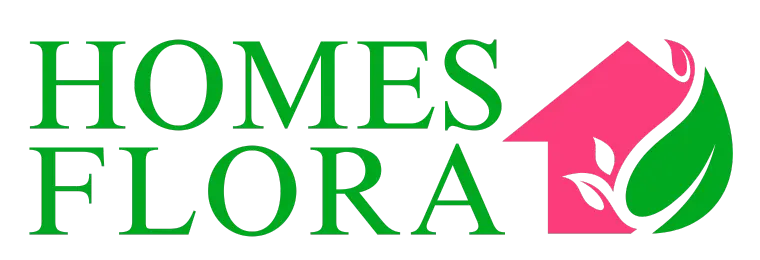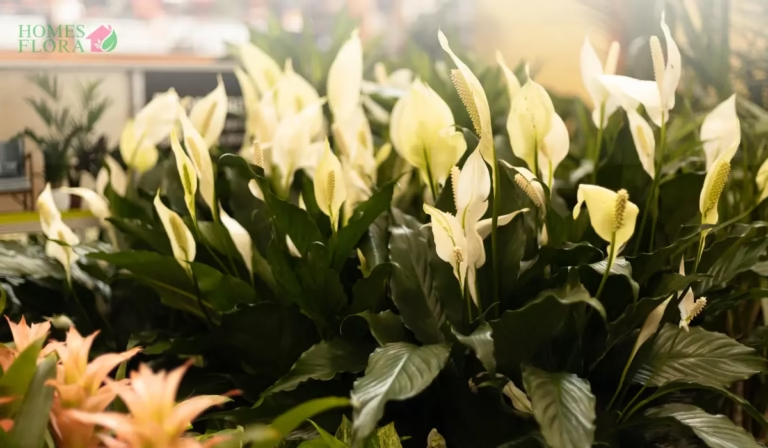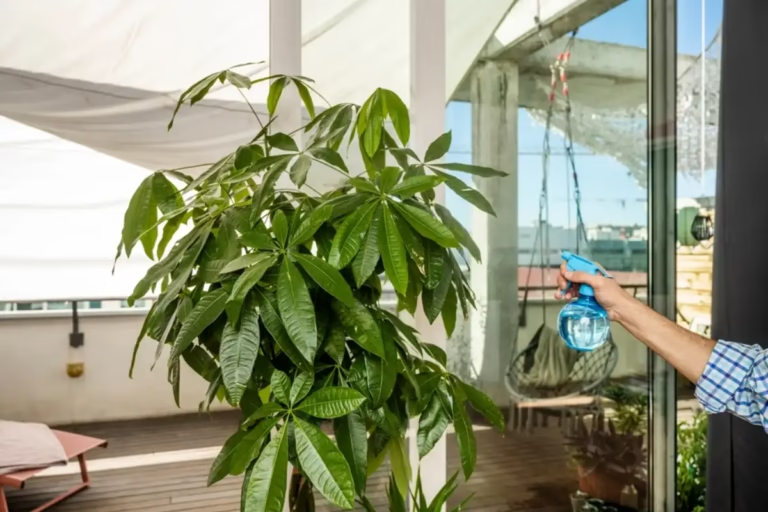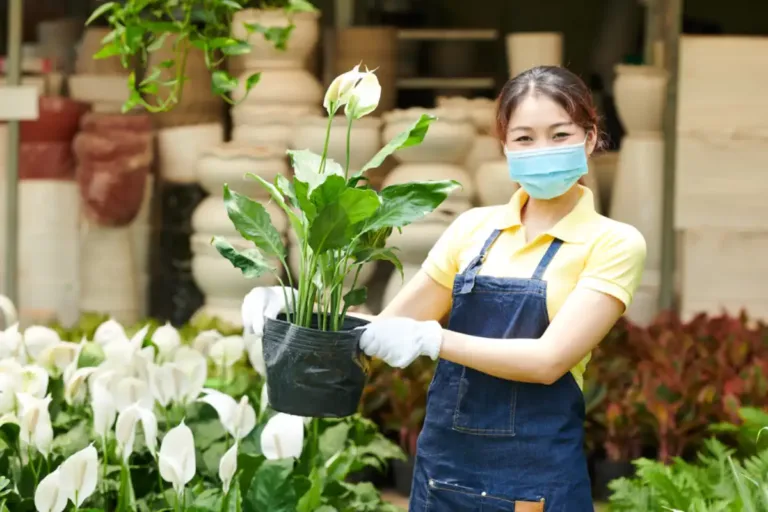Wandering Jew Plant Care and Growing | Complete Guide

Are you struggling to keep your Wandering Jew thriving? Wandering Jew is also called Tradescantia zebrina and commonly known as inch plant or spiderwort in book of plant lovers. It’s a quick-growing indoor favorite with striped leaves and cascading stems that add instant color and texture to any space. But we must aware! Its beauty can fade fast without the right light, water, and pruning. Many plant lovers face leggy growth, leaf discoloration, or root rot, often caused by small care mistakes.
This guide will show us how to keep our plant vibrant year-round, avoid common pitfalls, and even propagate Tradescantia like a pro. Whether we grow it in hanging baskets, indoor planters, or as part of our tropical plant collection, we will get practical tips backed by plant science to help Wandering Jew flourish.
Get to Know the Wandering Jew Plant in Seconds
Feature / Aspect | Key Details |
|---|---|
Common Name | Wandering Jew, Wandering Dude, Inch Plant |
Scientific Name | Tradescantia spp. |
Family | Commelinaceae |
Plant Type | Houseplant |
Native Region | Mexico, Central America |
Hardiness Zones | 9–11 (USDA) |
Light Requirements | Bright, indirect sunlight |
Watering | When top inch of soil is dry |
Soil Type | Potting soil, well-draining |
Soil pH | Acidic (5.0–6.0) |
Mature Size | Up to 14 inches tall, 10–14 inches spread |
Bloom Time | Summer |
Growth Rate | Fast |
Toxicity | Mildly toxic to pets and humans |
Fertilization | Monthly in spring and summer with balanced liquid fertilizer |
Pruning | Pinch tips and trim leggy stems to encourage bushy growth |
Common Problems | Yellow leaves, leggy growth, spider mites, aphids |
Propagation | Stem cuttings in water or soil |
Benefits | Vibrant foliage, fast-growing, easy propagate, best for hanging |
Let’s Meet the Wandering Jew
The Wandering Jew is a fast-growing herbaceous perennial from the Commelinaceae family. Part of the Tradescantia group of 75 similar perennials, it’s also affectionately called Wandering Dude. People love its trailing vines and vivid foliage, and it thrives in bright, indirect light indoors or outdoors .
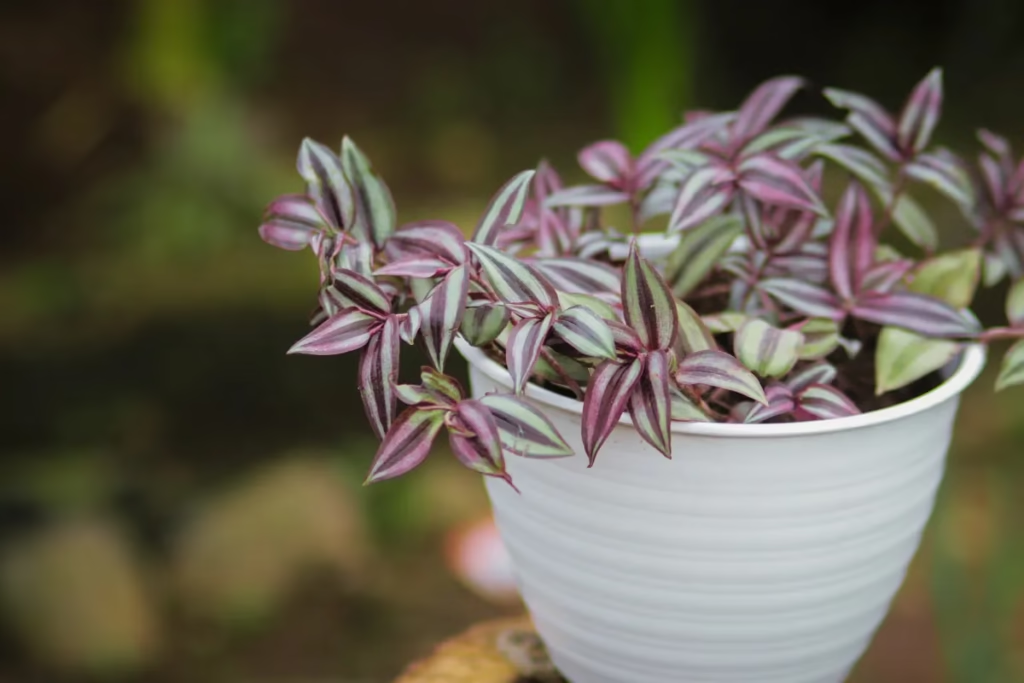
Native Region
Wandering jew plant is native to Mexico, Central America, Guatemala, and Honduras, and also in South America. It thrives in tropical and subtropical forest with partial shade. As a ground cover, it grows thickly and favors less altitudes.
Characteristics
- Plant Type: Low-lying, perennial, herbaceous, slightly succulent.
- Leaves: Green, heart-shaped, with silvery stripes and purple accents.
- Flowers: Tiny, three-petaled, in white and violet.
- Growth Habit: Forms dense mats with taproots, spreading indoors or as outdoors.
- Display: look Stunning in hanging baskets, spilling over shelves and carpeting garden beds.
- Climate: Loves warm, moist conditions and adjusts to cooler indoor air.
- Care: Rough and tough, grows rapidly, and is easy to propagate through stem.
Toxicity Concern
Wandering Jew is poisonous to pets and a red alarm for pet owners — its irritating sap can cause dermatitis, redness, and oral irritation in cats and dogs.Must be Keep in hanging baskets or out of reach, and contact a veterinarian if exposure occurs.

How to grow and care for wandering jew plant
Sunlight
For indoor placement Wandering Jew (Tradescantia zebrina)must kept in bright, indirect light near a sunny window. Give it about minimum 6–8 hours of bright light daily to keep its purple and green stripes vibrant.
For outdoors,it must be placed in partial shade or filtered sunlight—full sun can deepen purple but fade variegation; move it outside only when temperatures stay above 65°F (18°C) and bring it in below 60°F (16°C), with afternoon shade to prevent heat stress.
Watering
For watering, Wandering Jew will be kept in evenly moist soil. When you see the top ½–1 inch of soil feels dry, then water it and let excess water drain to prevent root rot. In winter, reduce watering as the plant’s growth slows.
Soil
Wandering Jew plant can grow in a standard houseplant potting mix, but it will thrive in the soil rich in organic compounds. For best results, mix in some organic compost and peat moss to keep the soil holding just enough moisture while still draining well. After watering, observe how the soil behaves and adjust the components accordingly. The optimal soil pH should be 5.0 to 6.0.
Firtilizer
For strong, vibrant growth, feed your Tradescantia zebrina with a balanced, water-soluble fertilizer for leafy growth, phosphorus for healthy roots, and potassium for overall plant strength.
Apply it every 4–6 weeks in growing season, but always dilute to 50% strength to prevent nutrient burn. Mix a slow release powdered fertilizer into the soil once a year For a steady boost.
Temprature and Humidity
Wandering Jew thrives in warm conditions between 60–80°F (15–27°C).It handles light frosts , severe cold can kill the plant, and although it tolerates heat better, extreme temperatures may scorch its foliage.
If outdoor temperatures drop below 60°F, bring container-grown plants indoors. About 70% humidity is ideal—achieve this by placing it in humid spaces like kitchens or bathrooms, using a plant humidifier, or misting daily with filtered or distilled water.
Purning
When pruning your Wandering Jew plant to maintain a healthy look and prevents from becoming leggy. Simply cut the stems back and pinch off the tips to encourage branching. Each pinch prompts the plant to send out two new shoots just below the cut. If it grows too long or unruly, trim it back hard and use the cuttings to start new plants.
Repotting
Wandering Jew plants are fast-growing and may need repotting after every 2–3 seasons. we can Repot it in spring if roots reach the container edge. Choose 1–2 Inch wider pot, for better drainage. Loosen the root ball, add fresh potting soil, and handle delicate stems carefully.Fallen stems can be rooted to propagate new Tradescantia plants.
How to Propagate the Wandering Jew Tree
Wandering Jew (Tradescantia) is one of the easiest houseplants to propagate. Take 4–6 inch stem cuttings from a healthy mother plant,after removel of lower leaves, and placing them in moist potting soil or water in a warm, bright area. New shoots will appear in 1–1.5 months.
How to Propagate in Soil
Insert wandering jew plant stem cuttings 2 inches deep in a 6-inch pot or hanging basket filled with all-purpose potting mix. Keep the soil evenly moist and provide bright, indirect light. Within a few months, have a lush new wandering jew plant.
How to Propagate in Water
Place stem cuttings in a jar of water with the bottom leaf node submerged. Roots emerge in about a week. After 2 weeks or once roots are a few inches long, transfer to potting soil or a plant container and continue regular care.
Related: How to Grow and Care for Chinese Evergreen
Problems Faced by Wandering Jew Plants
Common Pests
Spider Mites: Thrive in warm, dry areas. Look for small webs or sticky residue on Tradescantia leaves. Counter by raising humidity, misting, or using Neem oil.
Aphids: Feed on the sap of Wandering Jew leaves. Take indoor plants outside and treat with Neem oil or a strong water spray. Repeat after 7–10 days if needed.
Mealybugs: These pests appear as white, fuzzy patches on stems and leaves. Treat them with systemic insecticides or you can remove manually too.
Diseases
Root Rot: Caused by overwatering or poorly draining soil. Signs include wilting, yellow leaves, and bad-smelling soil. It could be healthy by using well-draining soil and pots with drainage holes.
Fungal Infections: Powdery mildew and leaf spots appear as white, powdery patches or dark lesions on the leaves. Improve air circulation, avoid overhead watering, remove affected leaves, and treat with fungicides if needed.
Discoloration: A healthy plant’s colors can look as vibrant as a photo with a filter, but sometimes they fade. Jew Wandering tips turn brown beacuse of the underwatering, low humidity, or chemicals in tap water. Use filtered or distilled water and keep moisture consistent.
Growth Issues
Yellow Leaves: When leaves start yellowing, it’s usually due to overwatering, underwatering, or poor light. Check the soil moisture and adjust watering and lighting as needed to help the plant to cameback its variegated colours.
Leggy Growth: Occurs when Tradescantia(wandering jew plant) isn’t getting enough sunlight, causing stems to stretch. Move to brighter indirect light or use artificial light.
Popular Varieties of Wandering Jew plant
The names Wandering Jew and Wandering Dude cover three Tradescantia species: T. fluminensis, T. zebrina, and T. pallida.all these species has unique leaf colors, patterns, and growth habits, making them popular houseplants for plesent indoor greenery.
Tradescantia fluminensis ‘Quicksilver’
Tradescantia fluminensis ‘Quicksilver’, also known as Wandering Jew or small-leaved spiderwort. It’s evergreen perennial from southeastern Brazil, South America having glossy dark green leaves grow along trailing fleshy stems that root easily, producing three-petaled white flowers.

Perform well in bright indirect to low light with moist, well-draining soil, it grows fast, self-propagates, and needs regular pruning to stay bushy. Classified as invasive in Australia and New Zealand, it’s a hardy and striking houseplant.
Tradescantia pallida ‘Purple Heart’
The Tradescantia pallida, also called Purple Heart or Purple Queen,belongs to eastern Mexico and is loved for its bold, deep-purple lance-shaped leaves and delicate three-petaled pink to lavender flowers. Its segmented stems snap easily but reroot fast, making propagation almost effortless.
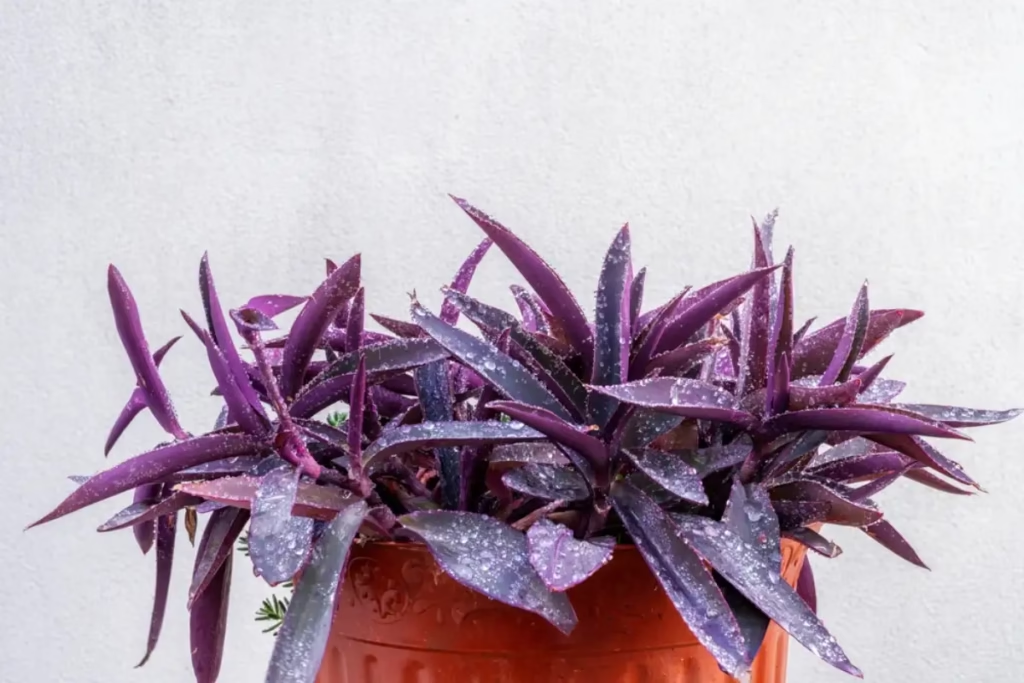
In warm regions, it’s a hardy perennial, but frost will cut it back in colder areas. Give it bright, indirect light, well-draining soil, and light watering to avoid root rot. Its trailing growth makes it perfect for hanging baskets or vibrant ground cover.
Tradescantia zebrina ‘Tricolor’
Tradescantia zebrina, also called Zebrina pendula or inch plant, is a creeping perennial from Mexico and Central America, part of the Commelinaceae family. Its zebra-striped leaves are green, silver, and velvety and creamy-white midsections. Florish in bright indirect light with little moist, well-draining soil.

It grows 6–8 inches indoors and up to 12 inches in the wild, with tendrils trailing as long as 3 feet—perfect for hanging baskets or shelves. Proper care with occasional misting, and indirect sunlight keep it lush, while it self-propagates easily for stunning cascades.
Related: How to Grow and Care for Peace Lily Plant
Benefits of Wandering Jew Plants
Air Purification: The Wandering Jew cleans indoor air by filtering formaldehyde, benzene, and toluene from paint, furniture, and cleaning products. It helps keep the home environment healthy.
Improve Aesthetics: The Wandering Jew (Tradescantia zebrina) has eye-catching purple, green, and silver-striped leaves that instantly brighten any space. It works beautifully in hanging baskets, as a tabletop centerpiece, or as colorful ground cover in the garden.
Low Maintenance: The Wandering Jew thrives with little care, growing indoors or outdoors in pots, hanging baskets, or as colorful ground cover, with trailing stems that spill beautifully over the edges.
Fast Growth: The Wandering Jew grows quickly, filling out pots, hanging baskets, or garden spaces in short time. Its fast-spreading stems and vibrant purple leaves make it ideal choise for those who want instant color and lush greenery.
Final Thoughts for Wandering Jew Lovers
The Wandering Jew is pure joy for plant lovers — colorful, easy to care for, and always ready to brighten your space. Give it bright, indirect light, water when the soil feels just right, and snip it back now and then to keep it full and trailing beautifully. Whether it’s Tradescantia zebrina, Tradescantia fluminensis, or Tradescantia pallida, each variety brings its own charismatic attraction.
Keep out little pests like spider mites, aphids, or mealybugs, and protect it from frost. With simple care and its amazing air-purifying touch, this plant will happily spill beauty from any pot, hanging basket, or garden bed all year round.
